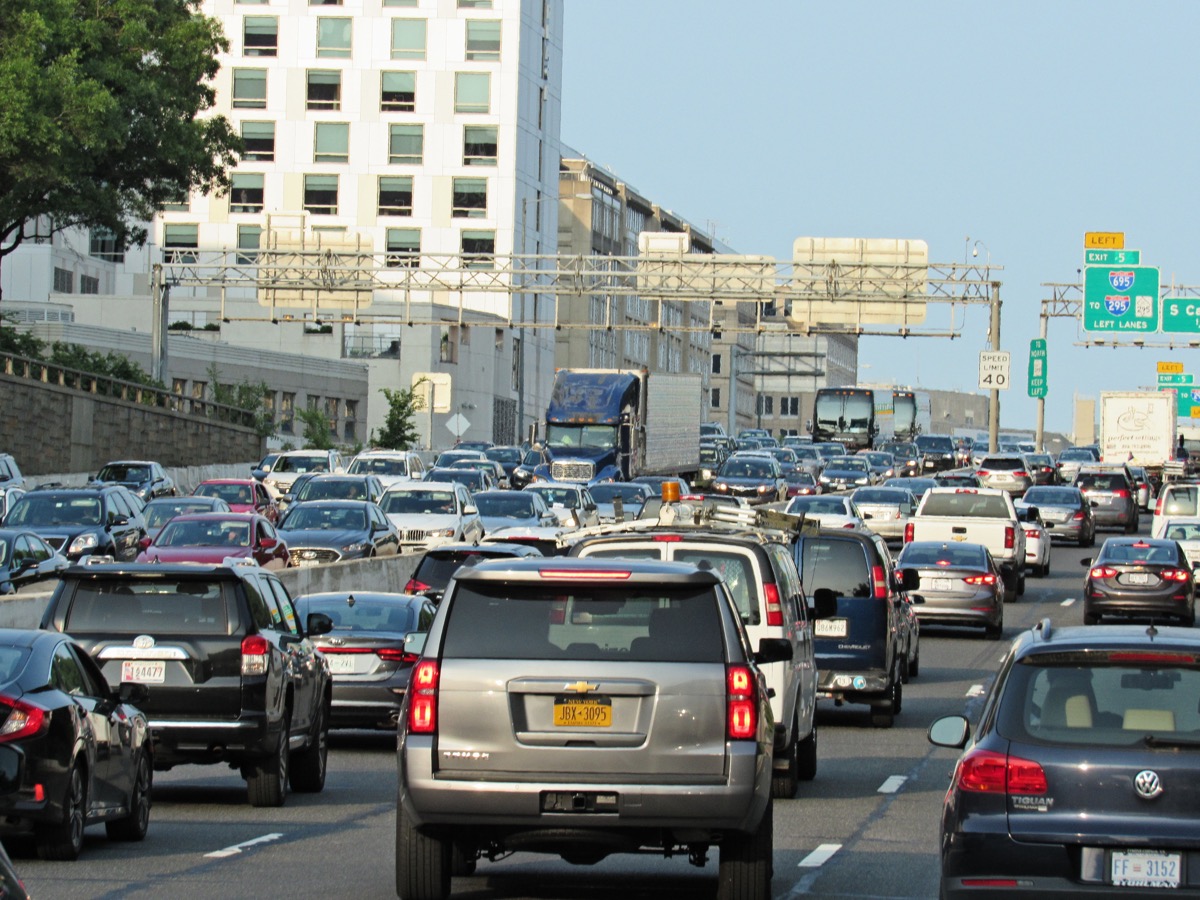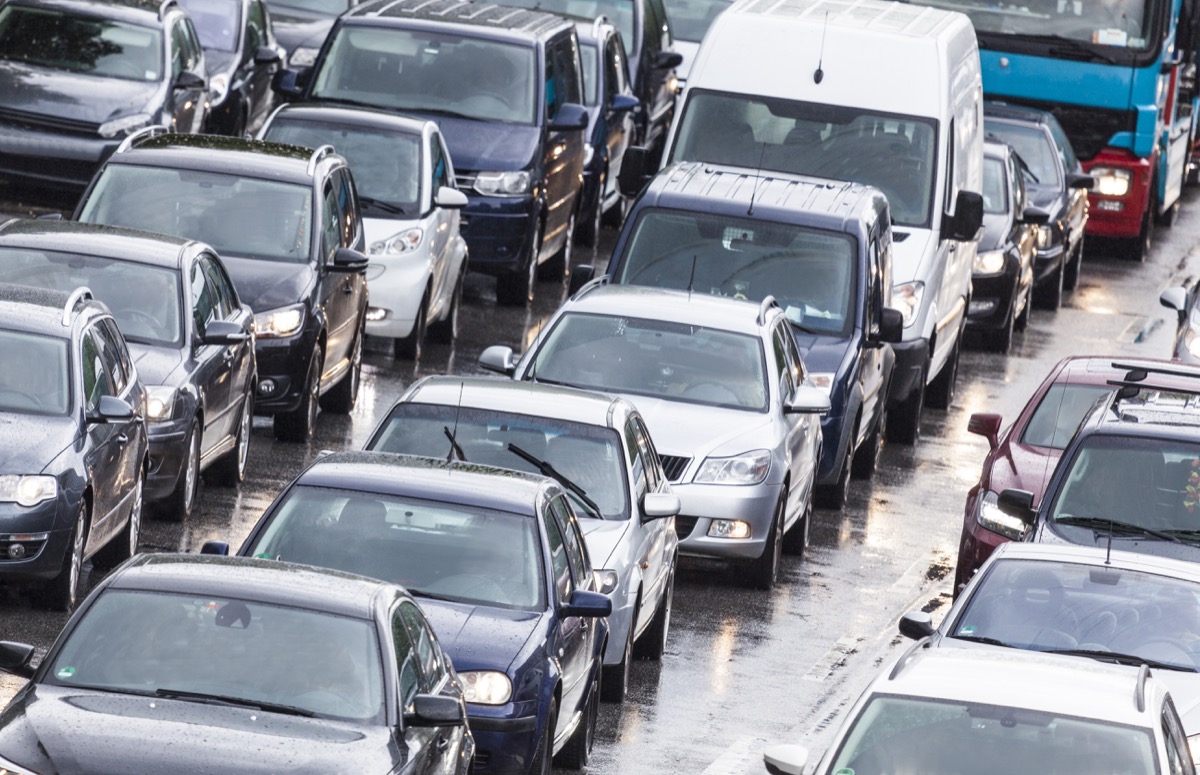RELATED: 96 Percent of People With Parkinson’s Have This in Common, Study Says. If you live in an area with a lot of action, you may be putting yourself in danger of developing Parkinson’s later in life. The new study published in JAMA Neurology has found that living on a busy street could increase your risk of Parkinson’s disease by 1.5 times due to the bad air quality found there.ae0fcc31ae342fd3a1346ebb1f342fcb “The development of Parkinson’s may be promoted by exposure to air pollution,” study author Sun Ju Chung, PhD, a professor at the University of Ulsan College of Medicine in Seoul, said in a statement. To find their results, researchers tracked 78,830 people aged 40 and older who lived in the South Korean city of Seoul from Jan. 2007 through Dec. 2015. The team then calculated the average air pollution and smog reported by the city’s districts for the addresses of each of the participants. Results showed that those who lived in the top quarter of areas that reported the most air pollution were 41 percent more likely to develop Parkinson’s disease than the bottom quartile. The findings held even after the team took other risk factors—such as socioeconomic status and other illnesses—into account. RELATED: For more up-to-date information, sign up for our daily newsletter. The researchers say that their findings support a theory that airborne toxins can be inhaled and enter the brain through the bloodstream, which then causes inflammation that can do damage and result in Parkinson’s. The team specifically cited nitrogen dioxide (NO2)—which is a potent byproduct of fossil fuel use emitted by vehicles and factories—as a major health concern. “Air pollution is a significant public health hazard. More than 80 percent of urban area residents are exposed to levels that exceed limits set by the World Health Organization (WHO),” Chung said in the statement. “Recently, it has been identified to be associated with neurodegenerative diseases through systemic inflammation, oxidative stress, and direct invasion into the brain.” According to the Parkinson’s Foundation, close to one million people in the United States are currently living with Parkinson’s disease, with the number expected to rise to 1.2 million by 2030. Researchers from this new Korean study say that their results should help further the calls for officials to address the growing health concerns resulting from pollution. “In this large cohort study, a statistically significant association between NO2 exposure and Parkinson’s risk was identified,” Chung said. “This finding suggests the role of air pollutants in Parkinson’s development, advocating for the need to implement a targeted public health policy.” RELATED: If You Do This at Night, It May Be an Early Sign of Parkinson’s, Study Says.



